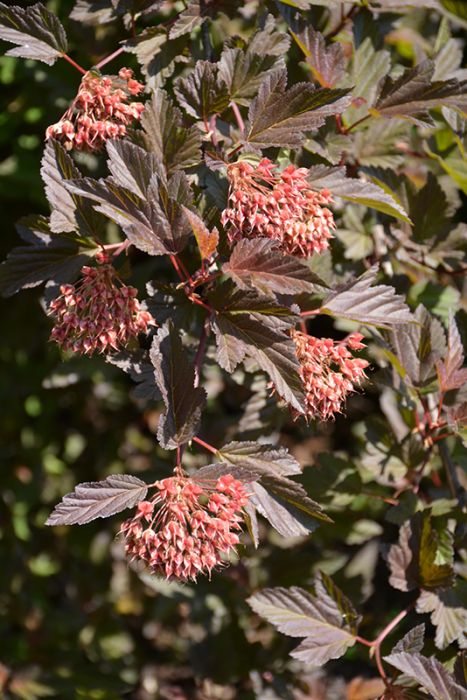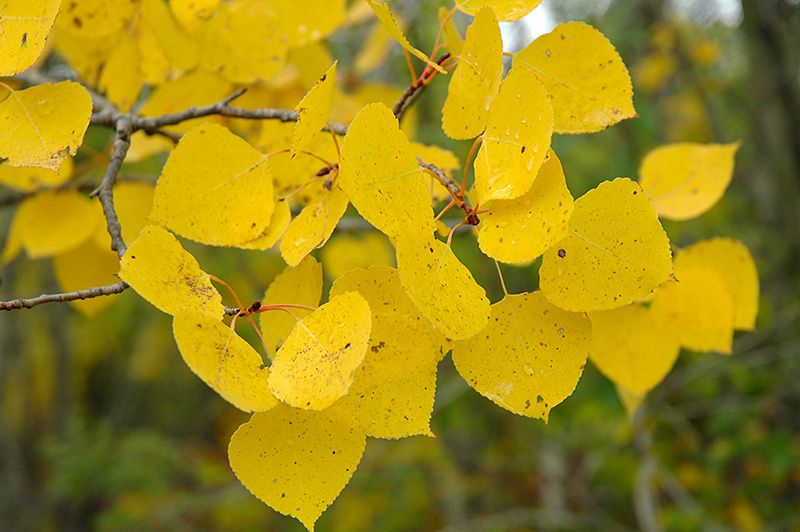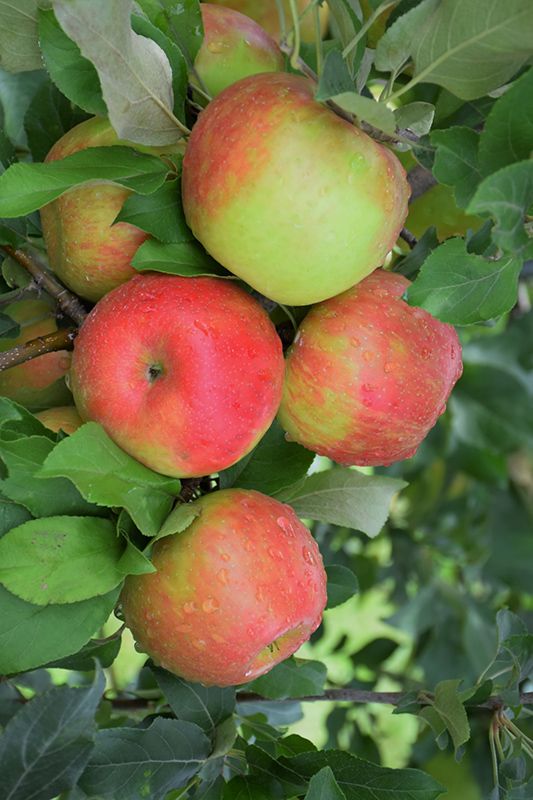Physocarpus, Ninebark Tree 'Summer Wine'


Out of stock
Coming soon, still growing- Sun Preference
- Full-Sun, Part-Sun
Description
Dark crimson-red foliage on a more compact plant. The pinkish white flowers contrast nicely with the dark foliage.
Minnesota's Largest Selection of Trees
At Minnesota's Destination Garden Center, we offer a diverse range of trees to suit any landscaping need. Whether you're looking for shade trees to cool your home or ornamental trees to add beauty and interest, you'll find the perfect tree at Gertens. Our knowledgeable staff can help you select the right tree for your space and provide tips for care and maintenance. Visit Gertens today and explore the unmatched variety of trees to enhance your outdoor environment!
Details
Summer Wine® Ninebark | Physocarpus opulifolius 'Seward'
Height: 6 feet
Spread: 6 feet
Sunlight: full sun to part shade
Hardiness Zone: 3a
Other Names: Eastern Ninebark
Brand: Gertens
Description:
This stunning garden shrub has all the charm and color of its parent Diablo but in a significantly more compact form; foliage emerges a wine-red and fades to reddish-purple, setting apart the showy white flowers in spring, also has curious peeling bark
Ornamental Features
Summer Wine® Ninebark features showy clusters of white flowers at the ends of the branches from late spring to early summer, which emerge from distinctive pink flower buds. It has attractive deep purple deciduous foliage which emerges crimson in spring. The serrated lobed leaves are highly ornamental and turn an outstanding red in the fall. It features abundant showy red capsules from early to mid fall. The peeling tan bark and dark red branches add an interesting dimension to the landscape.
Landscape Attributes
Summer Wine® Ninebark is a multi-stemmed deciduous shrub with a more or less rounded form. Its relatively fine texture sets it apart from other landscape plants with less refined foliage.
This shrub will require occasional maintenance and upkeep, and can be pruned at anytime. It has no significant negative characteristics.
Summer Wine® Ninebark is recommended for the following landscape applications;
- Accent
- Mass Planting
- Hedges/Screening
- General Garden Use
Planting & Growing
Summer Wine® Ninebark will grow to be about 6 feet tall at maturity, with a spread of 6 feet. It has a low canopy, and is suitable for planting under power lines. It grows at a medium rate, and under ideal conditions can be expected to live for approximately 30 years.
This shrub does best in full sun to partial shade. It is very adaptable to both dry and moist locations, and should do just fine under average home landscape conditions. It is not particular as to soil type or pH. It is highly tolerant of urban pollution and will even thrive in inner city environments. This is a selection of a native North American species.
More Information
| Tree Type | Shade & Ornamental |
|---|---|
| Sun Preference | Full-Sun, Part-Sun |
| Mature Height (Range) | 5 - 10 feet |
| USDA Hardiness Zone | 3, 4, 5, 6, 7 |
| Common Family Name | Ninebark |





